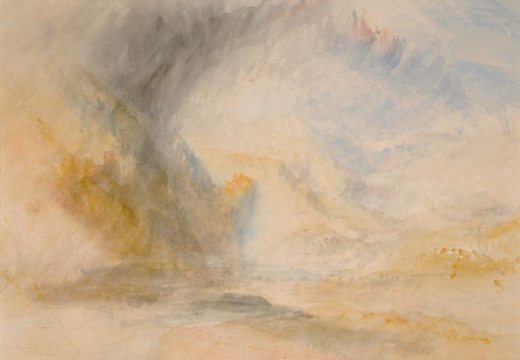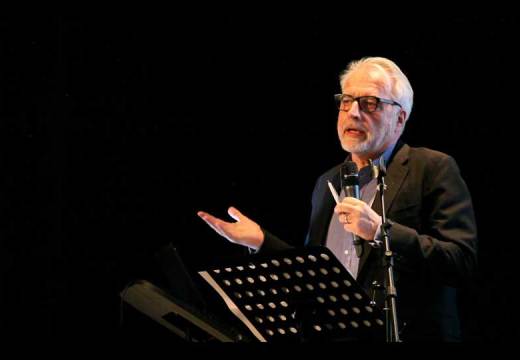Boasting the largest Matisse collection in the world, it is not surprising that the Baltimore Museum of Art partakes in what we might call an emerging trend of art historical botany; rooting the German Expressionist movement in French (or should I say Parisian?) soil. Just the other week, the Kunsthaus Museum in Zurich opened an exhibition entitled ‘From Matisse to the Blue Rider: Expressionism in Germany and France.’ The current exhibition in Baltimore, ‘German Expressionism: A Revolutionary Spirit’ also frames the movement as a direct descendant of the French tradition.

The Archer (1908–9, published 1949), Wassily Kandinsky and Art Institut Orell Füssli A.G. The Baltimore Museum of Art
Visitors are so heavily encouraged to make this comparison that some labels include small reproductions of older French works. One illustrates, for example, how a pose in Käthe Kollwitz’s etching, Battlefield (1907) was lifted directly from Jean-François Millet’s Gleaners (1857). To enter the show you pass through (and therefore begin a narrative with) the French Impressionist galleries.
It is undeniable that Matisse and the French Fauves had a great stylistic impact on European artists of the early 20th century. But the Fauvist and German Expressionist methods, subjects and objects were in other ways opposed. The Fauves celebrated their visual, external surroundings; the German Expressionists were more introspective, looking for a means to depict emotional angst. The formal organization of this exhibition, loosely arranged by medium, prints with prints, paintings with paintings, is more suited to the Fauvist and Impressionist works.
Yet, despite these methods (or habits) of display, the exhibition succeeds in illustrating the specifically German anxieties that fuelled the movement. Including works from both Die Brücke (The Bridge group), founded in Dresden in 1905, and Der Blaue Reiter (The Blue Rider), formed in Munich in 1911, some central themes of industrialisation, war, failed democracy and the search for national identity are explored.
The sense of an alienated generation of artists is poignantly expressed in Ernst Ludwig Kirchner’s painting Fir Trees (1919) and Gustav Klimt’s Pine Forest II (1901). Both paintings play with the sharp angularity of the trees so that they appear to attack or slash the image. For those accustomed to Klimt’s more famous works, with their hyper-embellished, almost bejewelled surfaces, this sombre encounter is uncomfortable and unfamiliar, instilling a sense of unease.
Woodcut prints, which have a long history in Germany, were adopted by the German Expressionists as a means of escape from modern metropolitan anxiety. These prints dominate the exhibition just as they dominated the movement, and their characteristically thick harsh lines extend into all other media, fracturing and dislocating the works’ surfaces.
Max Beckmann’s etching Self Portrait in a Bowler Hat (1921) is a perfect example of Expressionism’s central concerns and means of expression. Having served in the war and suffered from nervous breakdowns, Beckmann displays a wide eyed yet disengaged stare. The rough scratched surface of his skin is a visual allusion to his own ‘scarred’ psyche.

Boats Near the Coast (c.1912–4), Emil Nolde The Baltimore Museum of Art. © Nolde Stiftung Seebüll, Germany
These uncomfortable and anguished works were declared degenerate by the Nazi party in 1937. This declaration in itself attests to the accuracy with which the German Expressionists acknowledged and rendered the anxious spirit of the time. This exhibition may attempt to graft the German Expressionists onto a French family tree, but many of the works, with their more specific personal and national concerns, still speak for themselves.
‘German Expressionism: A Revolutionary Spirit’ is at the Baltimore Museum of Art until September 2014.
Unlimited access from just $16 every 3 months
Subscribe to get unlimited and exclusive access to the top art stories, interviews and exhibition reviews.
















![Masterpiece [Re]discovery 2022. Photo: Ben Fisher Photography, courtesy of Masterpiece London](http://www.apollo-magazine.com/wp-content/uploads/2022/07/MPL2022_4263.jpg)
It’s time for the government of London to return to its rightful home